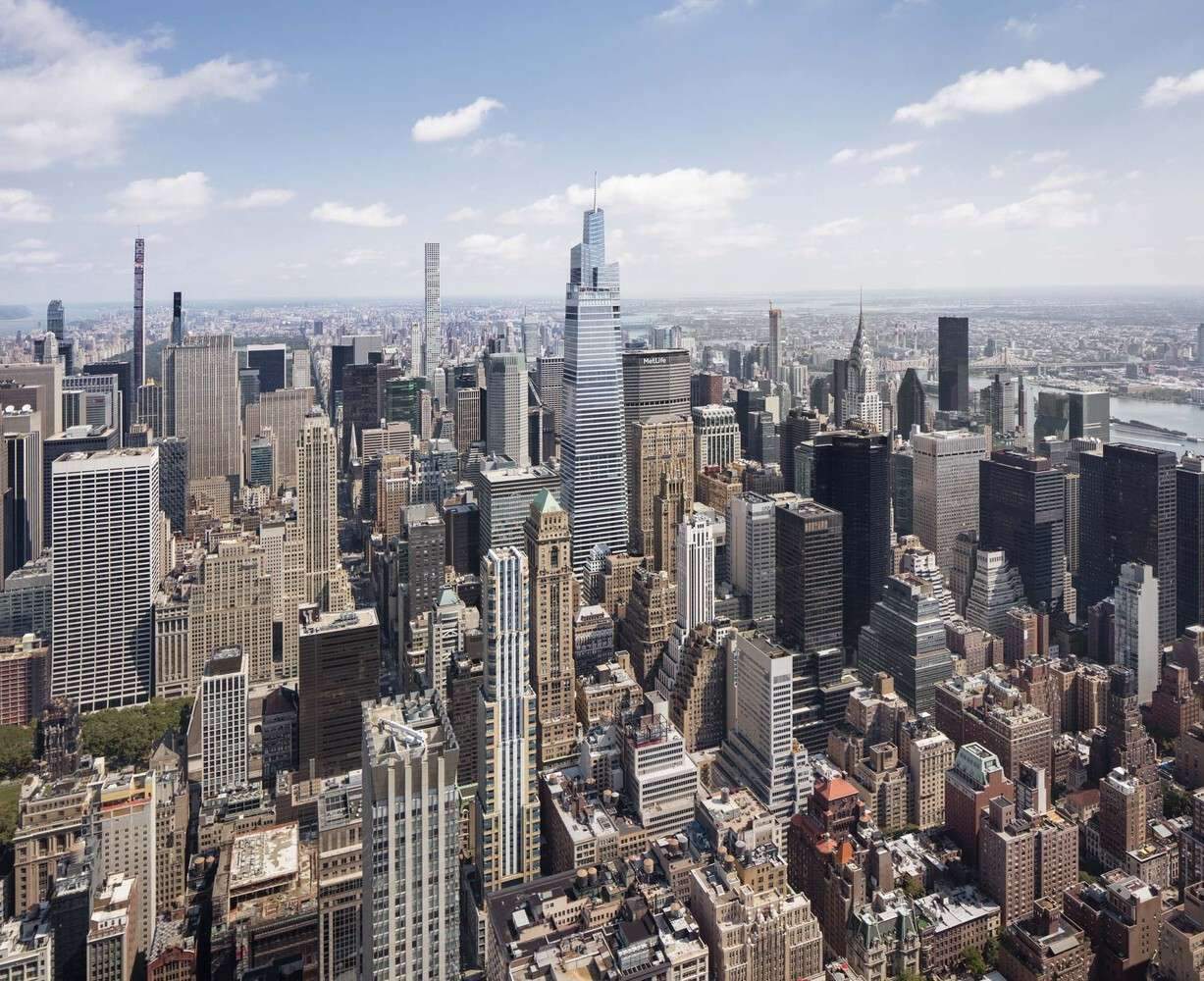Climate risks and an uneven green transition,
Climate change has been brought to an end by the world’s nations as an overarching common goal,
since the 2015 Paris Agreement, as the impacts of the climate crisis and the actions currently being taken vary widely across the world.
And while many cities are outperforming governments in tackling the climate crisis and promoting a green transition,
their actions are being met with inaction and increased carbon emissions elsewhere.
Vulnerabilities and resilience to different levels of climate disruption vary in different countries,
and by discussing environmental inequalities from the perspective of climate risks and mitigation measures,
the need for a coordinated and multidisciplinary global effort in addressing the climate crisis emerges.

Various environmental tolerances
Environmental inequalities are an expression of an environmental burden borne primarily by disadvantaged or minority populations or territories.
This concept cuts across different scales from social groups within the city to the diverse impacts of environmental issues on regions and countries.
Global warming has already exacerbated global economic inequality,
and climate shocks tend to affect developing regions most.
Climate risks and an uneven green transition
And while the use of renewable energy is a major effort for rich countries,
it also presents a daunting challenge for countries that are less economically advanced.
Developing countries will experience impacts differently regardless of differences in climate change perspective,
as vulnerabilities and adaptive capacities differ across countries.
Sub-Saharan Africa will also be severely affected by crop failures and parts of South Asia,
while the Asia-Pacific region will suffer loss of coastal land.
Climate risk levels are not equal worldwide; So universally accepted targets and measures affect regions differently.
The small lands of the Marshall Islands and other island states in the Pacific have fought before to be able to provide a maximum warming of 1.5 degrees Celsius instead of the maximum of two degrees.
where the incremental 0.5° was the difference between the territory’s loss of the ocean and the continued settlement of the islands.
The Maldives, Tuvalu and Kiribati, along with the 40 other countries that make up the Alliance of Small Island States under the “1.5 for Survival” theme,
have received widespread support for the cause.
The 1.5 limit was approved by 106 countries in the 2015 Paris negotiations,
constituting a majority.
The Marshall Islands can also adapt to sea-level rise by reclaiming and raising land levels,
using technologies already common in countries such as the Netherlands and Denmark.
However, the costs of such endeavors are too high for small island states,
and the Marshall Islands may be forced to emigrate, highlighting the issue of environmental inequality.

Unequal sustainable development
Norway recently revealed plans to bury carbon dioxide in depleted oil and gas fields under the North Sea,
with New York recently announcing a major investment in carbon capture technologies.
As rich countries and cities decarbonize their energy systems and invest in technologies that help reduce climate emissions,
Some parts of the world are struggling to take similar action,
and this uneven pace of green transformation could have serious consequences for overall global climate action.
The continent of Africa is expected to reach only 10% of non-hydro renewable energy,
while the European is heading towards its goal of providing at least 32% of its energy from renewable energy sources by 2030.


 العربية
العربية